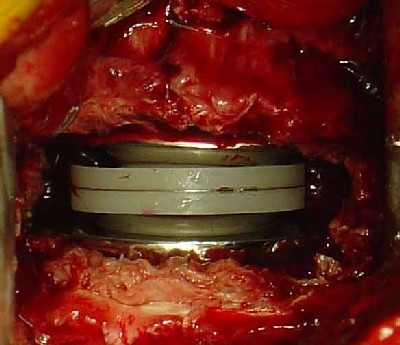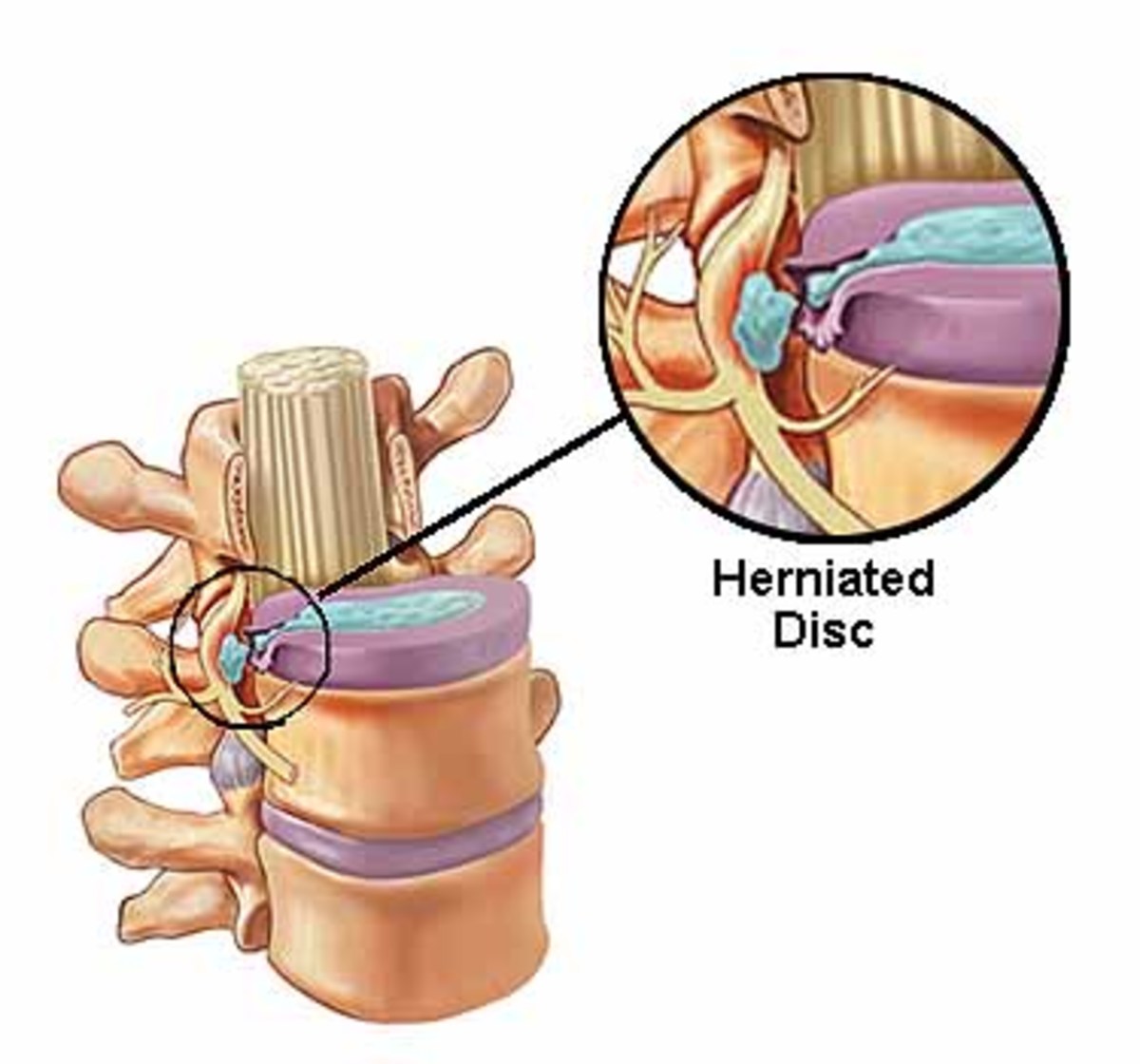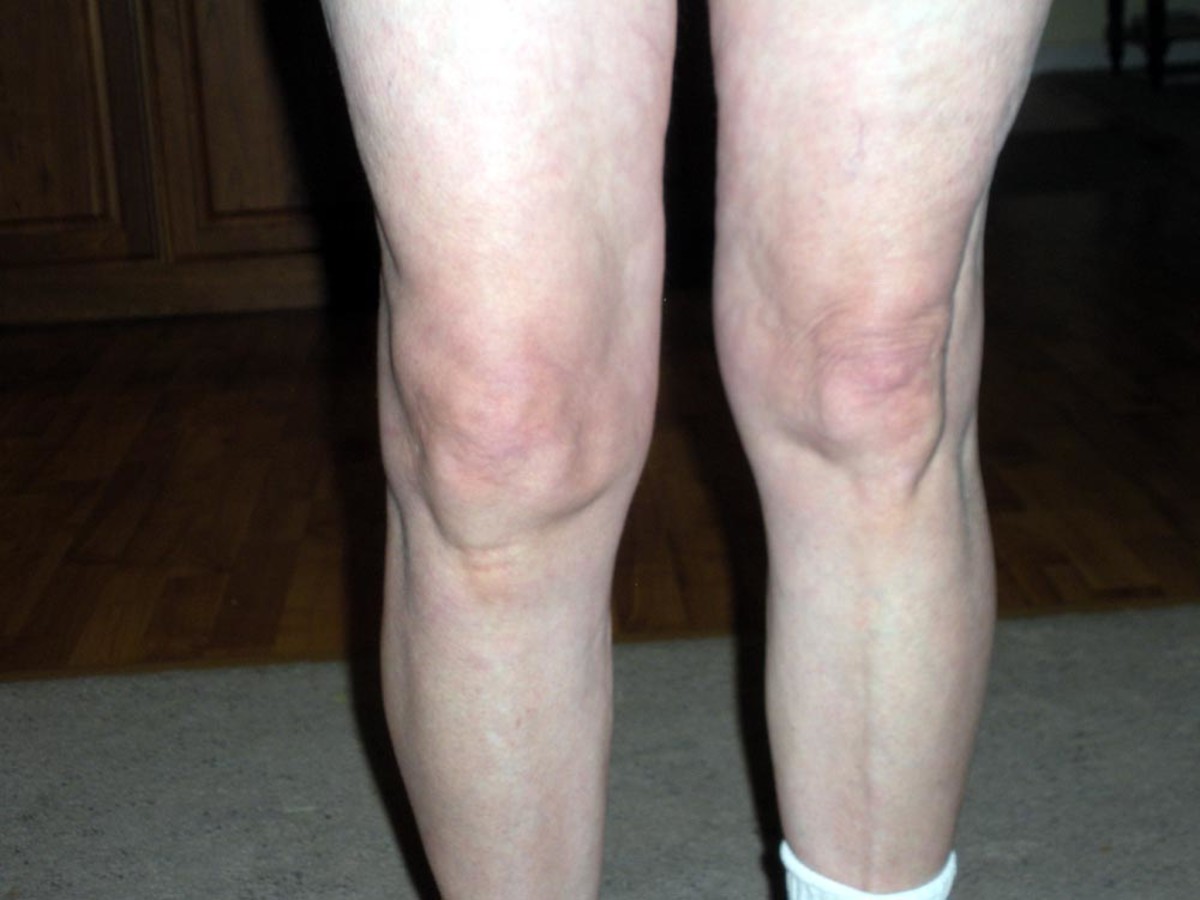Artificial disc replacement – An Overview

The following article provides patients an overview of the new technology for artificial disc replacement. Although, this article refers to the replacement of lumbar discs, the development of cervical disc replacement is developed in parallel. In future, the technology of artificial disc replacement will play a vital role in surgery of both lumbar and cervical spines. Read on….
Sir John Charnley was a British orthopedic surgeon who revolutionized orthopedics in 1960 with the advent of total hip replacement. At that time, doctors also began the research for development of artificial disc replacement. Despite initial interest, lumbar spine fusion remained the gold standard of treatment for low back pain. Due to complications associated with the lumbar spine fusion, a renewal of interest in artificial disc replacement occurred in 1990. The advantage and purpose of artificial disc is to replace the worn out disc at the same time preserving motion of the operated spinal segment. Artificial disc replacement surgery has the potential not only to treat underlying back pain but also to protect degenerative spine patients from developing further problems in the adjacent vertebral levels.
At the present time, artificial disc replacement surgery is considered to be an experimental procedure. Maximum research on artificial disc replacements has been performed in European countries. Different artificial disc models have been developed, but LINK SB Charité III artificial disc prosthesis which is manufactured by Waldemar Link GmbH & Company based in Hamburg, Germany is the best known artificial disc and is most widely used in these spine conditions. Charité III artificial disc prosthesis model comprises of 2 metal plates with teeth to anchor implant between bones and vertebral bodies. In Charité III, right in the middle of 2 metal plates is a core or center of polyethylene that allows free movement of the prosthesis.
It is really critical to prevent complications from prosthesis surgeries like artificial discs; therefore, it becomes really important for a surgeon to perform careful selection of surgical candidates. At the current time, it is of belief that adults having symptomatic degenerative disc disease at single level are the best candidates for artificial disc replacement because if the artificial disc implant is based on bones, patients having fragile or soft bones due to aging or other disease factors can have trouble with the use of this prosthesis or implant. Therefore, orthopedic surgeons do not consider patients with fragile bones as desirable candidates to undergo this procedure because of the reason that there can be movement of the prosthesis or implants and patients having slippage of 1 vertebra over another one, a condition known as spondylolisthesis, are considered poor candidates for artificial disc replacement surgery. From some recent research, final clinical diagnoses, which seem most favorable for artificial disc includes postdiscectomy syndrome and symptomatic degenerative disc disease of the spine. Postdiscectomy syndrome as it name implies is a continuous back pain syndrome, which occurs in some patients after undergoing a procedure to remove a herniated disc.
There are some potential complications associated with general anesthesia and surgery, which are breaking of the metal plate, dislocation of the prosthesis, and infection around the prosthesis or implant site. Therefore, orthopedic surgeons have to be very cautious before selecting a proper surgical candidate for this procedure in order to minimize the chances of complications associated with artificial disc implant. In some patients, it is also possible that they do not improve or require additional surgery in the future after undergoing the initial replacement procedure. Therefore, artificial disc prosthesis may fail over time due to loosening and wear of the hardware just like any other joint replacement procedure. As a result, orthopedic researchers are performing long-term studies to record the total lifespan of the implants.
As mentioned above, I have written this article today to serve as an overview of the new technology for artificial disc replacement surgery to help guide patients before proceeding with this procedure.







